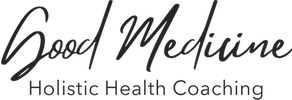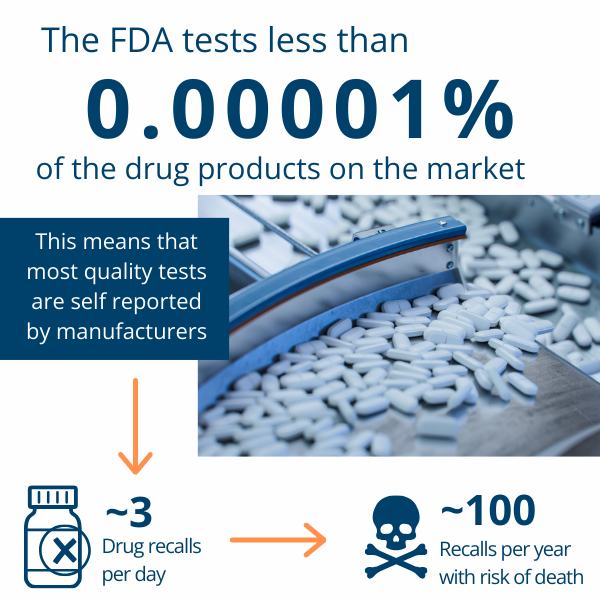
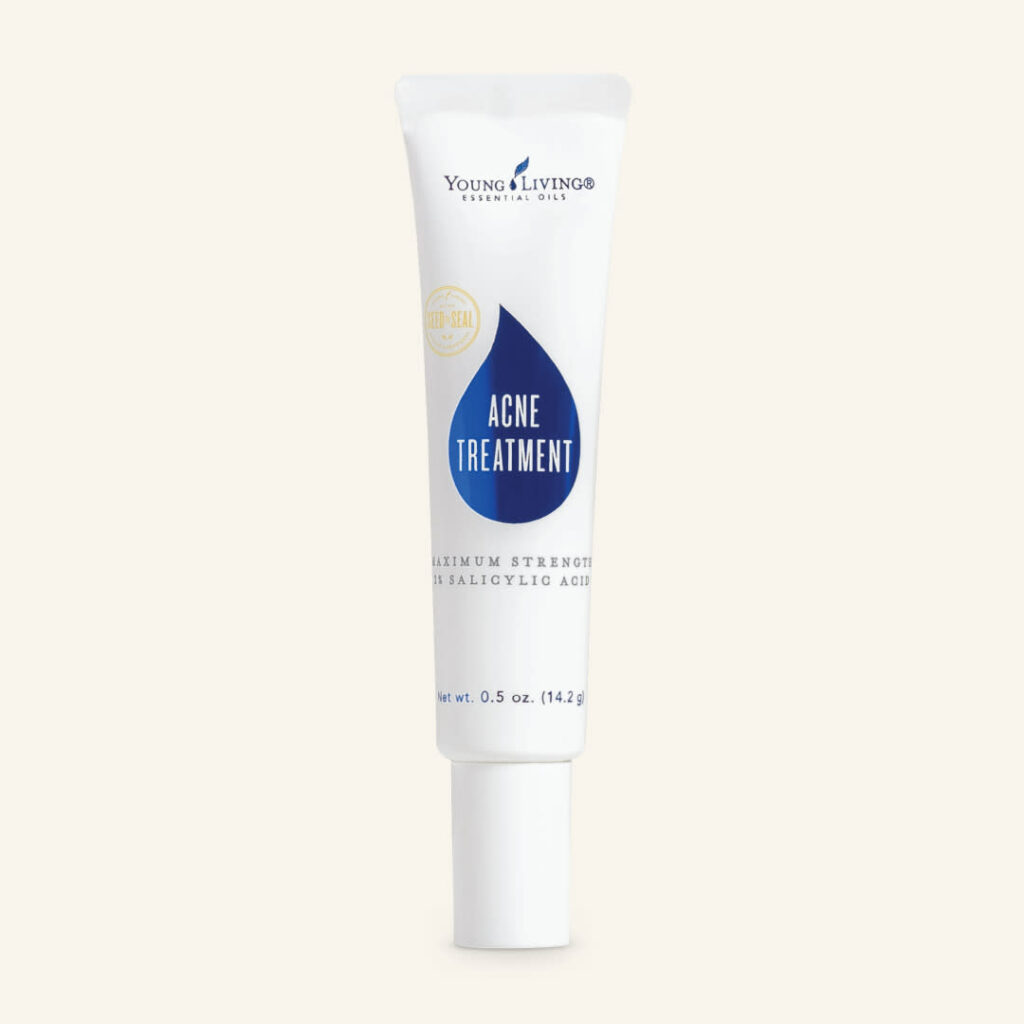
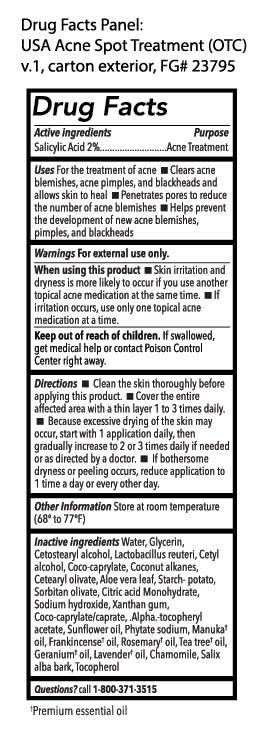
Liz James · ·



Liz James · ·
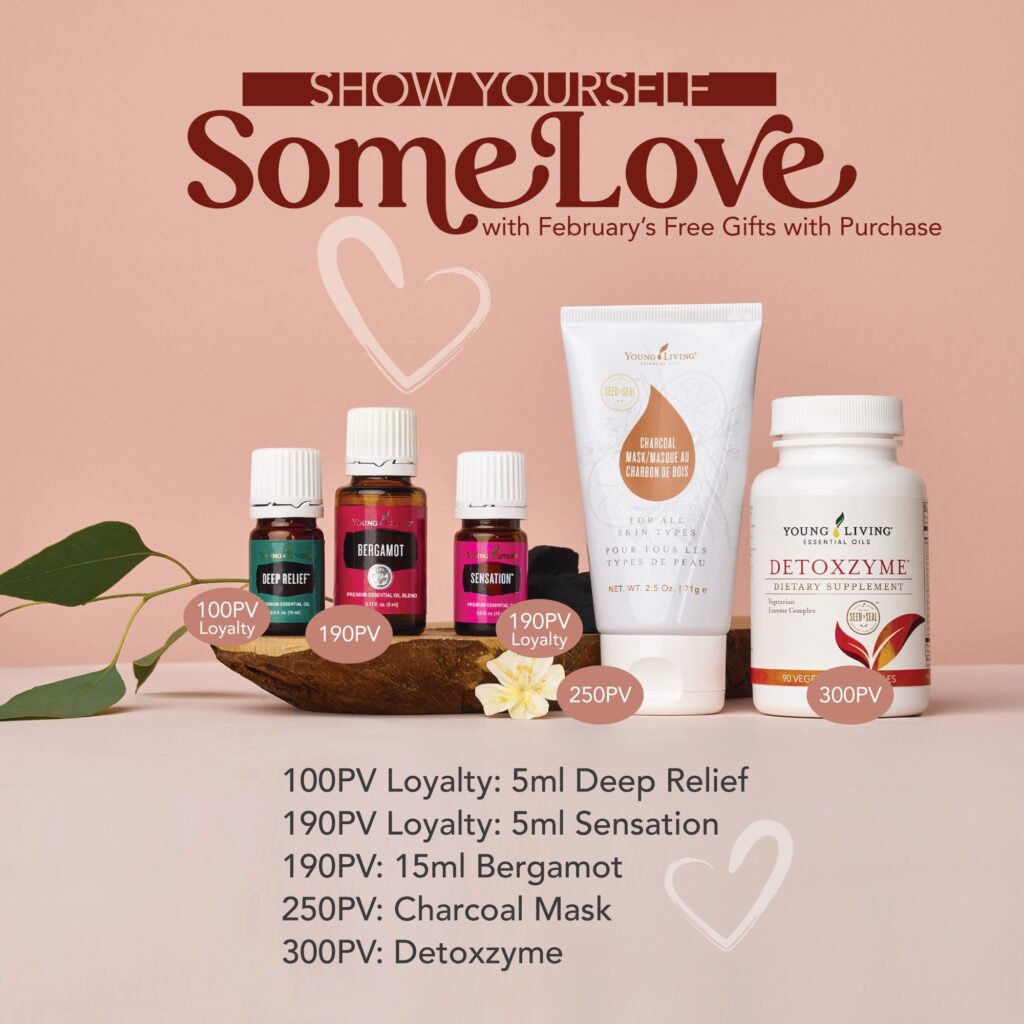
Happy February friends! Yes, it’s the “month of love”….. in other words, it’s a month of high frequency emotions! And “the greatest of these is love” , right? (I Cor 13:13).
Did you know there are 7 different kinds of love? One of those is “philia” love…. friendship or shared goodwill, and Young Living certainly extends that to us each month with all the freebies we are offered. Take a look at what what will come with your qualifying order purchase :
Deep Relief is one of my most favorite muscle and stress helpers! Make your own 10ml roller bottle (x2) with this freebie and multiply your gift….. Find a friend or loved one who has some achy muscles and share the love with them!
Bergamot. Have you smelled it and used it? It has been studied for its properties that support healthy cortisol levels, allowing the body to rest and relax. Give it a try…. you might just fall in love with this beauty is as beauty does!
Any day can be Valentines Day with Sensation oil blend! It smells amazing in a diffuser, when applied to a neck or wrists as a perfume, or when added to some epsom salts for a nice hot bath. Make your own massage oil with Sensation (There won’t be any regrets! )….. Add about 10 drops to coconut oil, and you’ve just created a love potion
with benefits! (PS: this is a VIP oil you’ll be hearing more about… along with some others over the next few weeks here!)
Spa day can be any day with the Charcoal Mask. Detoxifying skin and cleaning pores is something both men and women should be doing at least occasionally. The Charcoal Mask also exfoliates while detoxifying and cleaning! (Pro Tip: if you have a bug bite or itchy area, try applying a little dab of the mask to help pull toxins out and speed up the healing process). I think you’ll love the little peppermint fresh tingle that comes along with using it.
Did you know that toxins in our body affect our frequency, which ultimately also affects our emotions? DetoxZyme is a blend of enzymes and essential oils strategically formulated to promote detoxification and support normal digestive function. Keep yourself (or someone you love) healthy, happy and loved from the inside out!
These are all AMAZING health and wellness tools we (Charlie and I) keep in our “toolkit” and I look forward to restocking our shelves!
Hugs and love to each one of you this February, and remember….. nobody loves you more than Jesus! ~ liz
Liz James · ·

Here’s my DIY Face Serum Recipe that I’ve used for the last 9+ years:
1- 15 ml empty bottle
15 drops of Frank
15 drops of Lavender
2 drops of Peppermint
(8-10 drops of any of the following depending on “how my skin and emotions are feeling”)….. myrrh, 2-5 drops of blue tansy, geranium, cypress, palo santo, ….. you might find your favorites…. these are mine)
fill up the remainder of the 15 ml bottle with your favorite carrier oil of choice. I love organic fractionated coconut, or macadamia nut, or apricot seed oil. Find the carrier oil that works best with your skin.
Liz James · ·

Liz James · ·
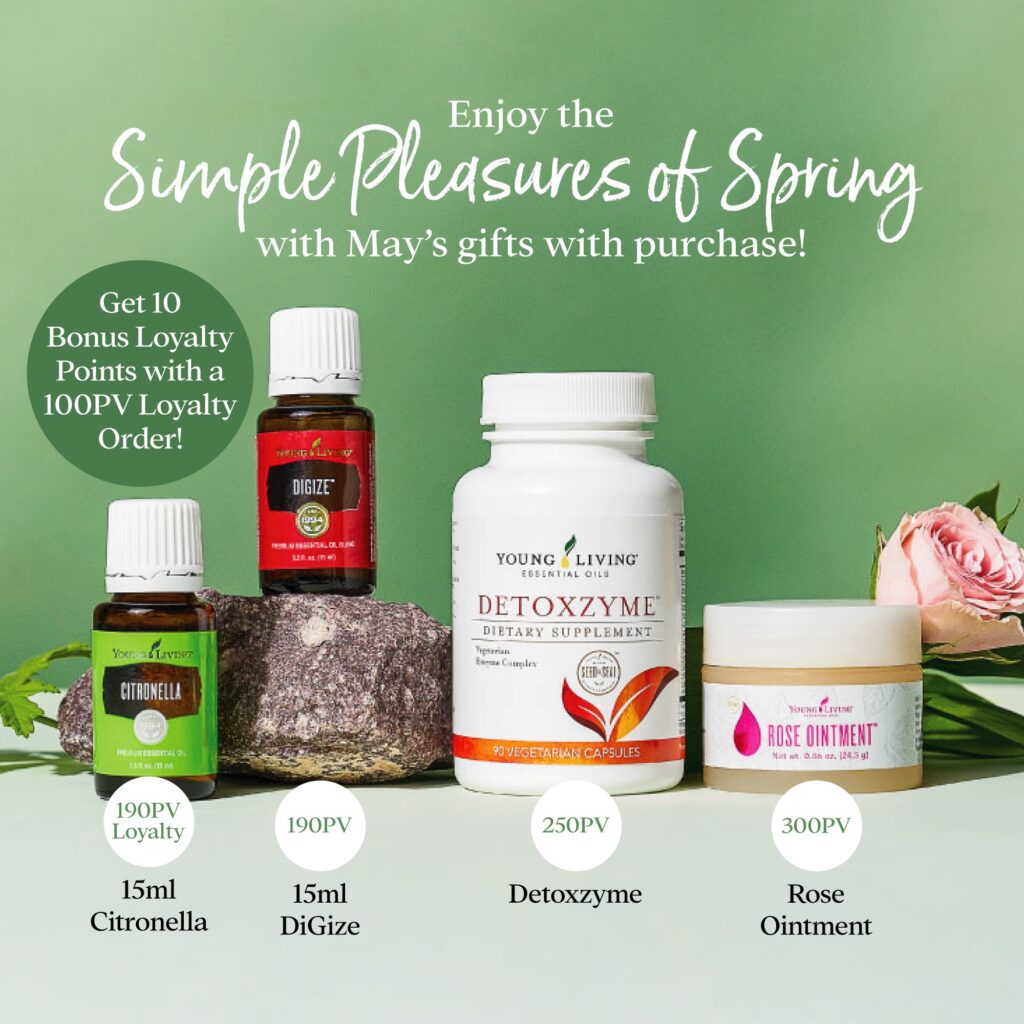
Book Your Health Coaching CallBook Now
